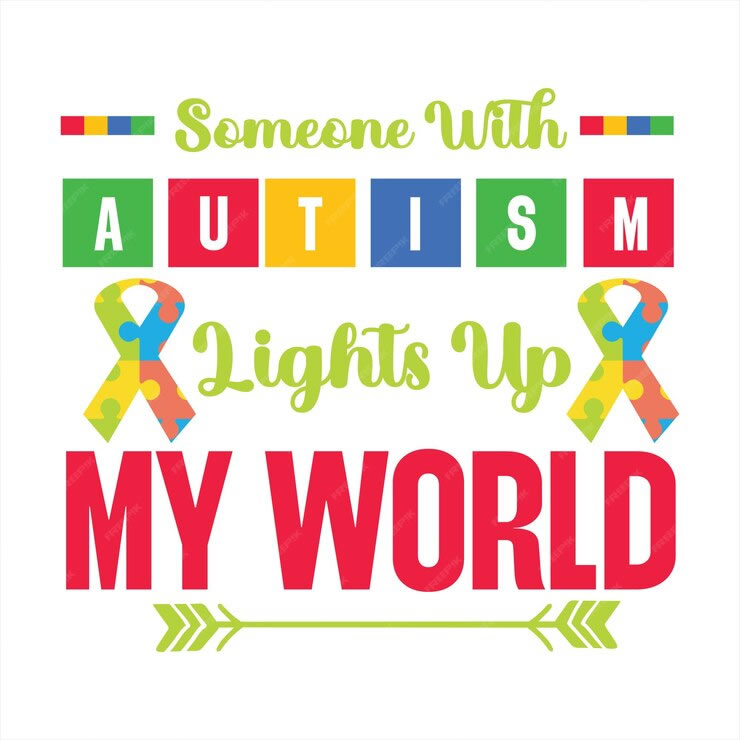
Applied Behavior Analysis (ABA) methodology involves the application of basic behavioral practices
(positive reinforcement, repetition, and prompting) to facilitate the development of language, positive
skills, and social behavior as well as to help reduce everyday social problems and serious behavior
disorders.
Data collected through hundreds of studies currently indicate that ABA is a highly effective method to
teach children and adolescents with Autism Spectrum Disorders (ASD) and other developmental
disabilities.
Tested by research and experience for more than 35 years, ABA practices have been endorsed by the
Surgeon General, the National Institutes of Health (NIH), and the Association for Science in Autism
Research. The skills and experience of an ABA professional are essential for successful treatment.
Continuous and systematic evaluation of effectiveness is a fundamental component of the ABA
methodology.
ABA can be used to teach a variety of skills and positive behaviors, including language, reading, social
skills, positive peer support, academic engagement, functional living skills, and more. ABA methodology
is also effective in decreasing inappropriate behaviors such as noncompliance, tantrums, bed-wetting,
feeding problems, aggression, and self-injury.
ABA techniques work across all environments: work, home, school, and the community. Examples of
therapy goals for each of these settings could include:
Work – Increasing performance output, Improving upon social interactions amongst colleagues
or employers, Reducing off -task behavior, Increasing task fluency (speed at which a skill is
performed)
Home – Toilet training, Sibling interaction/Social interaction, Communication or Language
Training, Chores or Task Completion, Homework Completion
School – Increasing group participation, Reduction of problem behaviors, Functional Behavior
Assessments, Reducing off-task instructional behavior
Community – Generalization of skills across settings, Extinguishing wandering or elopement
behaviors, Teaching street safety, Stranger Danger
Ideally, all relevant caregivers or professionals (Teachers, Speech Therapist, Occupational Therapist,
Nannies, etc.) should work collaboratively as a team to generalize and implement the treatment plan
developed by the ABA professionals. Teamwork can make all the difference in helping children reach
their potential.
Effective ABA intervention for autism is not a “one size fits all” approach and should never be viewed as
a “canned” set of programs or drills. On the contrary, a skilled therapist customizes the intervention to
each learner’s skills, needs, interests, preferences and family situation. For these reasons, an ABA
2
program for one learner will look different than a program for another learner. That said, quality ABA
programs for learners with autism have the following in common:
Planning and Ongoing Assessment
- A qualified and trained behavior analyst designs and directly oversees the intervention.
- The analyst’s development of treatment goals stems from a detailed assessment of each learner’s skills
and preferences and may also include family goals. - Treatment goals and instruction are developmentally appropriate and target a broad range of skill
areas such as communication, sociability, self-care, play and leisure, motor development and academic
skills. - Goals emphasize skills that will enable learners to become independent and successful in both the
short and long terms. - The instruction plan breaks down desired skills into manageable steps to be taught from the simplest
(e.g. imitating single sounds) to the more complex (e.g. carrying on a conversation). - The intervention involves ongoing objective measurement of the learner’s progress.
- The behavior analyst frequently reviews information on the learner’s progress and uses this to adjust
procedures and goals as needed.
ABA Techniques and Philosophy
- The instructor uses a variety of behavior analytic procedures, some of which are directed by the
instructor and others initiated by the learner. - The learner’s day is structured to provide many opportunities – both planned and naturally occurring –
to acquire and practice skills in both structured and unstructured situations. - The learner receives an abundance of positive reinforcement for demonstrating useful skills and
socially appropriate behaviors. The emphasis is on positive social interactions and enjoyable learning. - The learner receives no reinforcement for behaviors that pose a harm or impede learning
References
Baer, D., Wolf, M., & Risley, R. (1968). Some current dimensions of applied behavior analysis. Journal of
Applied Behavior Analysis, 1, 91 – 97.
Baer, D., Wolf, M., & Risley, R. (1987). Some still-current dimensions of applied behavior
analysis. Journal of Applied Behavior Analysis, 20, 313 – 327.
Maine Administrators of Services for Children with Disabilities (MADSEC) (2000). Report of the
MADSEC Autism Task Force.
Myers, S. M., & Plauché Johnson, C. (2007). Management of children with autism spectrum
disorders.Pediatrics, 120, 1162-1182.
National Academy of Sciences (2001). Educating Children with Autism. Commission on Behavioral and
Social Sciences and Education.
New York State Department of Health, Early Intervention Program (1999). Clinical Practice Guideline:
3
Report of the Recommendations: Autism / Pervasive Developmental Disorders: Assessment and
Intervention for Young Children (Age 0-3 years).
Sulzer-Azaroff, B. & Mayer, R. (1991). Behavior analysis for lasting change. Fort Worth, TX : Holt,
Reinhart & Winston, Inc.
US Department of Health and Human Services (1999). Mental Health: A Report of the
Surgeon General.Rockville, MD: U.S. Department of Health and Human Services, Substance Abuse and
Mental Health Services Administration, Center for Mental Health Services, National Institutes of Health,
National Institute of Mental Health.
www.centerforautism.com
www.appliedbehavioralstrategies.com
